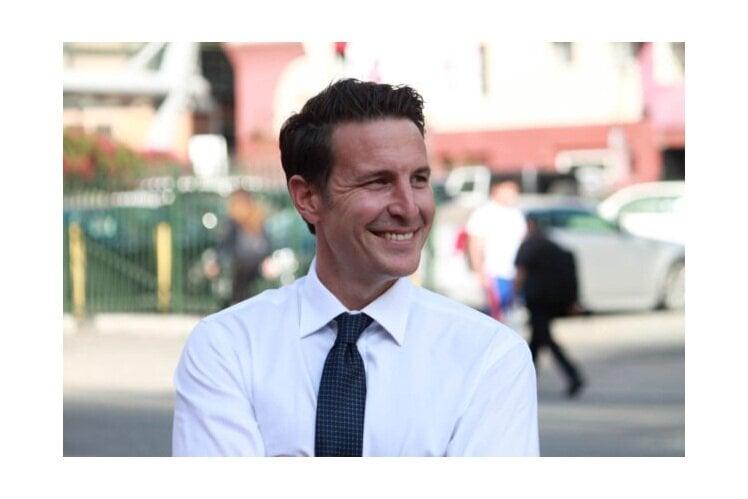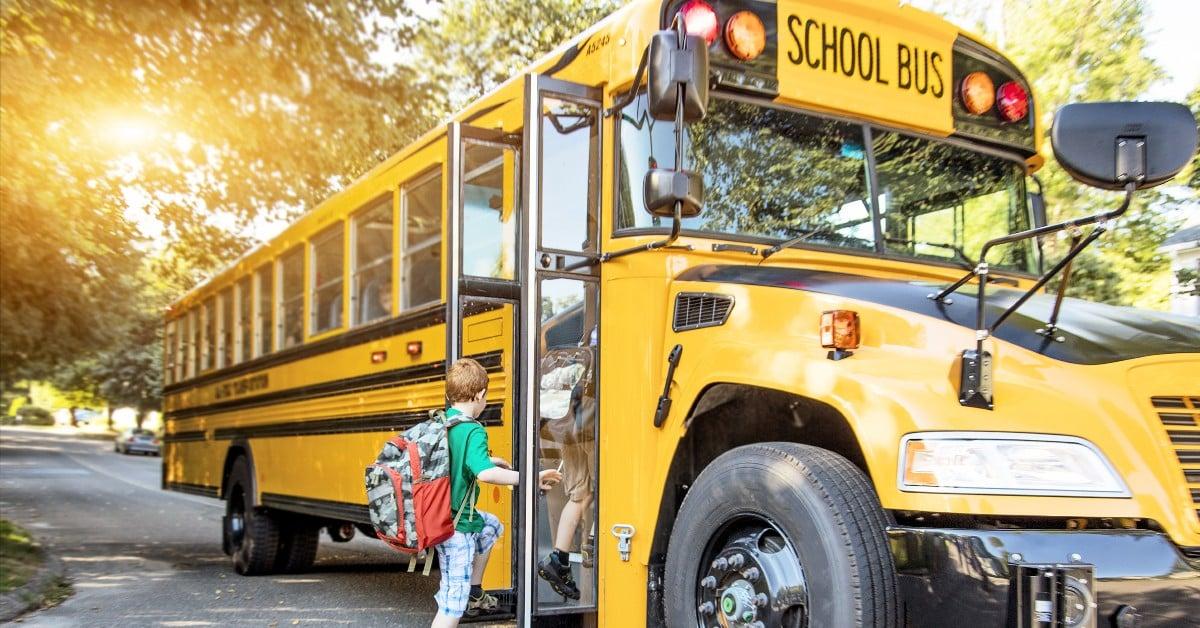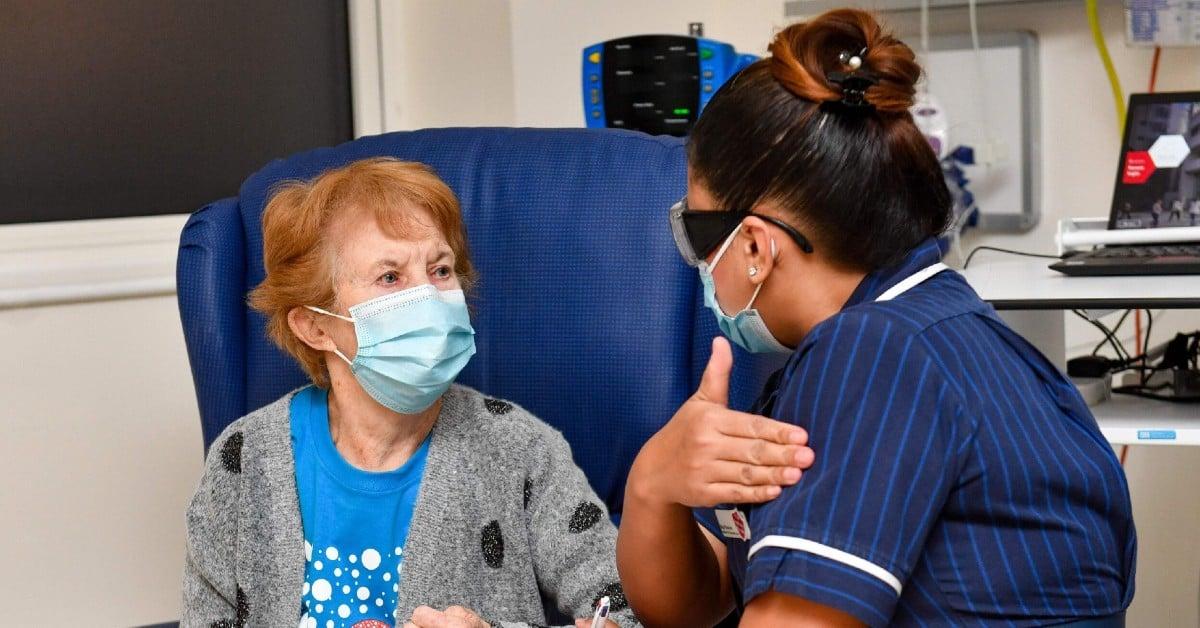The devastating impact of COVID-19 on youth in foster care

The COVID-19 pandemic has deeply impacted communities across the country, including school closures, parents juggling working from home and home-schooling their kids, small businesses working tirelessly to stay afloat, seniors needing to travel to necessary appointments, and many more.
As we consider the ramifications and requirements to shelter in place, we should carefully consider how this drastic change to our way of life during this crisis affects youth in foster care.
About 440,000 children nationwide are in foster care, and statistics show that approximately 65% of children in foster care experience seven or more school changes from elementary to high school. In addition, 40-50% of former foster youth become homeless within 18 months after leaving care and 60% of youth earn incomes below the poverty line. When we start to look at life after foster care, data shows that 25% of foster youth who emancipated will be in prison within two years of leaving foster care, and almost 80% of inmates incarcerated in our prisons have spent time in foster care.
While these statistics are already of significant concern, this pandemic will only exacerbate the challenges this group faces each and every day.
To better understand how youth in foster care are being impacted during this time, and the systemic changes that need to be put in place to strengthen pathways forward for the children and families, we sat down with Daniel Heimpel, President and Founder of Fostering Media Connections, a national nonprofit news organization dedicated to issues facing vulnerable children youth and their families.
Read more: youth in foster care share their stories of life during COVID-19.
Court hearings, visitation appointments and reunification stymied during COVID-19 quarantines
According to a recent article in Fostering Media Connection’s flagship news site, The Chronicle of Social Change, biological parents battling to regain custody of children in foster care could lose crucial bonding time and are seeing reunification stymied as dependency courts nationwide cancel hearings and suspend face-to-face family visits over coronavirus concerns.
Families are losing critical bonding time, resources to transport foster youth to visitation appointments are strained, and required court hearings are being cancelled due to social distancing measures, all impacting the pathway to reunification.
Many courts have shut down except for emergency removal hearings. In some places, in-person visits between parents and children have been suspended, replaced by limited opportunities to connect with their children over the phone or online.
Reunification is the ultimate goal for every person involved in the process, from child to parent, to case workers, providers and court judges. Pushing back reunification timelines hurts children and their families in a number of ways, which is why child welfare experts and advocates are working tirelessly to identify solutions that will minimize the trauma being experienced currently and the impacts COVID-19 has had, and will continue to have, as we move forward.
>
“We have to continue shining a light on youth in foster care and the families impacted from the various layers of change our country is experiencing. ”
“We have to continue shining a light on youth in foster care and the families impacted from the various layers of change our country is experiencing. There are so many families that were close to being reunified. We need to talk about what the system is going to do to protect that process and ensure families are able to participate in visitation appointments and complete necessary court hearings,” said Heimpel.
The education gap widens due to lack of resources
In addition to the impact on court hearings and visitation appointments, the opportunity gap for foster youth continues to widen due to school closures and a lack of resources and support for online learning.
“Kids in foster care are moving a lot from home to home, and with educational instability already a challenge they face, they are now further predisposed to fall behind in school,” said Heimpel. “With school closures, a student who might have been struggling at school will only experience that tenfold while trying to learn at home. They might not have access to technology for online learning, or they might not feel comfortable asking caregivers for help.”
>
“With school closures, a student who might have been struggling at school will only experience that tenfold while trying to learn at home. They might not have access to technology for online learning, or they might not feel comfortable asking caregivers for help.”
Youth in foster care affected by college closures
College students are also feeling the impact. According to the National Foster Youth Institute, the statistics on college graduation for foster youth are dire – less than 3 percent get a degree from a four-year college.
As many universities across the country close campuses, students were forced to leave dorms. While most students returned to their family homes, many youth in foster care had nowhere to go.
“When students are able to return to campus life, it would be beneficial for foster youth to have priority in college and dorm settings in regards to housing, job availability, and access to mental health resources,” said Heimpel.
Child welfare agencies seeing an increase in foster youth cases
Another factor to consider is the possible increase in foster youth cases and a lack of housing placements. Heimpel explains, “More kids may very well enter the foster system because of the looming economic toll of the crisis, adding even more strain to the already overwhelmed system.”
It is also important to acknowledge that there is evidence that instances of child abuse or neglect may increase during the pandemic. Typically, mandated reporters, often teachers, counselors, daycare providers, school bus drivers and more, are at the forefront of bringing these situations to light. With current school closures and stay-at-home regulations in place, the number of reports to child protective services may be down, but school closures during the Ebola outbreak in West Africa coincided with increased domestic violence and child abuse.
Planning for the post-COVID-19 future
How will our systems address this potential influx of new foster youth cases, while processing current cases? What do we need to enact to ensure the children and families are receiving the necessary attention and care to ensure their safety?
According to an Op-Ed by attorney Vivek Sankaran that ran in The Imprint, “When our system resurfaces after this crisis wanes, we must extend compassion to both parents and child and recognize the pain they have experienced. We must notice the pain of family separation exacerbated by the pandemic.”
>
“When our system resurfaces after this crisis wanes, we must extend compassion to both parents and child and recognize the pain they have experienced. ”
Other considerations include increasing the number of caseworkers and frontline staff to realistically process the increase, conduct investigations, and make service referrals. Decision-making guidelines would also be beneficial to help set expectations and systemic consistency.
Protecting youth in foster care during quarantines
In California, Governor Gavin Newsom announced an investment of $42 Million to protect foster youth and and families impacted by COVID-19. The Governor is making more than $27 million available to help families stay together, nearly $7 million to support social workers and $3 million to support Family Resource Centers, with specific direction to support the expansion of helplines, age extension for foster youth, extended timeframe for caregiver approvals, and access to technology.
Heimpel emphasizes, “We need to shine a light on mental health concerns and the need to protect that as well. We have to invest in foster families, children, social workers and frontline staff. We need to make sure they are protected, have masks, and proper resources to do the monumental amount of work ahead of us all.”
>
“We need to shine a light on mental health concerns and the need to protect that as well. We have to invest in foster families, children, social workers and frontline staff. ”
Organizations, individuals, influencers, and policy makers across the country are working tirelessly to understand the impact COVID-19 in real time, anticipating what’s to come for our most vulnerable populations, and implementing policies to support these efforts. Here at HopSkipDrive, we commend each and every person contributing to youth in foster care, and we are partnering with community organizations across the country to support children and their families during this time.
About Daniel Heimpel

Daniel Heimpel is an award-winning journalist and child welfare expert. As the the president of Fostering Media Connections, Heimpel acts as publisher of the non-profit journalism organization’s two publications: The Imprint and Fostering Families Today Magazine.
You can contact him at dheimpel@fosteringmediaconnections dot org or follow him on Twitter at @dheimpel.


